Trivia Browser
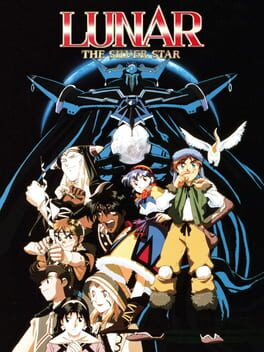
▲
1
▼
In a 1992 interview with the game's animator Toshiyuki Kubooka published in BEEP! Megadrive pre-release magazines, he was asked how working on a game like Lunar: The Silver Star compared to animation? He responded:
"The character design itself is almost the same. However, because these characters need to be rendered in compressed, chibi-pixel form, you’ve got to make sure their basic shapes are distinct enough to make them immediately recognizable. This was my first time doing that kind of bonafide character design work, but I was pretty free to do what I wanted, and I had a good time. The animation work for Lunar was entrusted to Shunji Suzuki, who worked with me on Nadia."
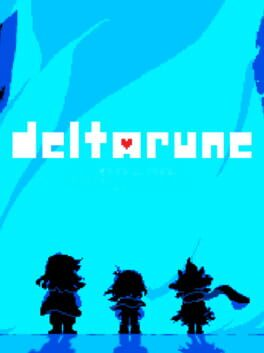
▲
1
▼
 The CHECK description for Spoiler:the Pipis enemies, which can only be encountered on the Weird Route, reads "Pipis - ''The Original'' An invasive species of freshwater clam." This appears to reference two real-world entities that Spoiler:are also called Pipis. The first portion of the description seems to nod to a restaurant in Puerto Vallarta, Mexico, which uses the tagline "The Original." The second portion, meanwhile, references a pair of edible saltwater clam species in Australia and New Zealand; the use of these clams as food is further referenced with Spoiler:Kris' "Fried Pipis" ACT during the Spamton NEO fight at the end of the Weird Route.
The CHECK description for Spoiler:the Pipis enemies, which can only be encountered on the Weird Route, reads "Pipis - ''The Original'' An invasive species of freshwater clam." This appears to reference two real-world entities that Spoiler:are also called Pipis. The first portion of the description seems to nod to a restaurant in Puerto Vallarta, Mexico, which uses the tagline "The Original." The second portion, meanwhile, references a pair of edible saltwater clam species in Australia and New Zealand; the use of these clams as food is further referenced with Spoiler:Kris' "Fried Pipis" ACT during the Spamton NEO fight at the end of the Weird Route.
Franchise: Phantasy Star
▲
1
▼
In a 1993 interview with the game's director/designer Rieko Kodama published in several shorter pre-release magazines, she was asked if there'll ever be 3D dungeons again in Phantasy Star? She responded:
"Whenever you release new hardware or equipment, users are going to have high expectations for it. For example, with the Sega Master System, the 3D dungeons in Phantasy Star probably grabbed a lot of attention for that reason. I know we’ve had a lot of requests to add the 3D dungeons back in for the Megadrive Phantasy Star games. However, players won’t be satisfied with SMS-era technology for the 3D dungeons in a Megadrive game, and it doesn’t make sense with our design plans either: everything has to be rotatable, floors, ceilings, etc, and that would take up far too much memory."
"Anyway, developments always have to be try push beyond what players expect. For that reason, we abandoned the idea of 3D for PSIV. The first games that were developed for the Megadrive, like Alex Kidd and Altered Beast, graphically speaking it’s kind of surprising now to look back and see how many flaws they have, but no one was used to developing for the Megadrive then. To be honest, it wasn’t until Phantasy Star II that we really became competent with the Megadrive’s capabilities—which is why, in that sense, that game had a very high level of technical polish."
"Anyway, developments always have to be try push beyond what players expect. For that reason, we abandoned the idea of 3D for PSIV. The first games that were developed for the Megadrive, like Alex Kidd and Altered Beast, graphically speaking it’s kind of surprising now to look back and see how many flaws they have, but no one was used to developing for the Megadrive then. To be honest, it wasn’t until Phantasy Star II that we really became competent with the Megadrive’s capabilities—which is why, in that sense, that game had a very high level of technical polish."
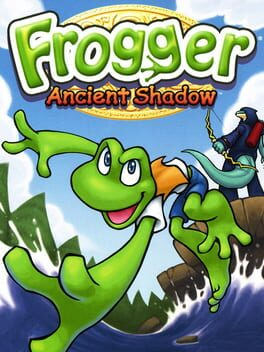
▲
1
▼
Rather than making it playable using a disc, the PC version was playable using a plug-and-play controller which could connect to Konami Live. Konami Live eventually went down in July 2012, taking “Frogger: Ancient Shadow” along with it. As of right now, a company called “Highway Frogs” is currently attempting to restore the game.
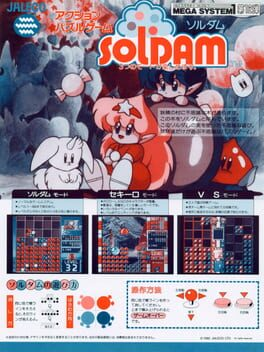
▲
1
▼
In 2021, several cheat codes were discovered in the Game Boy version of the game, the first two of which must be activated through the title screen.
•Ending and Credits: Up/Down/Left/Right/Select/Start.
•Sound Test: Down/Up/Down/Up/Select/B.
•Level Select: While paused in normal gameplay, press Down/Select/Up/Left/Select/Right/B. Press A or B to select a level.
•Hidden Tribute to Hiroko Kasahara: To access it, you must first access the Sound Test menu. Then, set the BGM/SE index to 02 and press A once, then set BGM/SE index to 19 and press A once more. Lastly, you must input the following lengthy code:
Up, Up, Down, Down, Left, Left, Right, Right, Select, Select, Up, Up, Down, Down, Left, Left, Right, Right, B, B, Up, Down, Left, Right, Select, Up, Down, Left, Right, B, Select, Right, Left, Down, Up, B, Right, Left, Down, Up, Select, Select, Right, Right, Left, Left, Down, Down, Up, Up, B, B, Right, Right, Left, Left, Down, Down, Up, Up, Start.
If inputted correctly, an alternate credits sequence will play out. The normal credits plays the game's ending theme and lists the name of programmer Yutaka ★Hiroko★ Sakashita among the game's developers. This alternate credits sequence instead plays the Vs. Mode music and lists the name Hiroko Kasahara at the top of the screen. Kasahara is a J-Pop singer, and the names of the game's developers in the credits are replaced with a comprehensive discography featuring the names of several albums she had released up to 1993, including the release dates for her then-upcoming 1993 albums "L'Express Fantasie" and "Nature". Considering Sakashita used Kasahara's first name on the standard credits sequence, he is most likely the one who included this Easter egg to document his love of her music at the time the game shipped. The fact that this sequence is hidden behind two cheat codes that would take almost 30 years to be discovered, with one of them being too long to easily guess, suggests that it was never meant to be seen by players.
•Ending and Credits: Up/Down/Left/Right/Select/Start.
•Sound Test: Down/Up/Down/Up/Select/B.
•Level Select: While paused in normal gameplay, press Down/Select/Up/Left/Select/Right/B. Press A or B to select a level.
•Hidden Tribute to Hiroko Kasahara: To access it, you must first access the Sound Test menu. Then, set the BGM/SE index to 02 and press A once, then set BGM/SE index to 19 and press A once more. Lastly, you must input the following lengthy code:
Up, Up, Down, Down, Left, Left, Right, Right, Select, Select, Up, Up, Down, Down, Left, Left, Right, Right, B, B, Up, Down, Left, Right, Select, Up, Down, Left, Right, B, Select, Right, Left, Down, Up, B, Right, Left, Down, Up, Select, Select, Right, Right, Left, Left, Down, Down, Up, Up, B, B, Right, Right, Left, Left, Down, Down, Up, Up, Start.
If inputted correctly, an alternate credits sequence will play out. The normal credits plays the game's ending theme and lists the name of programmer Yutaka ★Hiroko★ Sakashita among the game's developers. This alternate credits sequence instead plays the Vs. Mode music and lists the name Hiroko Kasahara at the top of the screen. Kasahara is a J-Pop singer, and the names of the game's developers in the credits are replaced with a comprehensive discography featuring the names of several albums she had released up to 1993, including the release dates for her then-upcoming 1993 albums "L'Express Fantasie" and "Nature". Considering Sakashita used Kasahara's first name on the standard credits sequence, he is most likely the one who included this Easter egg to document his love of her music at the time the game shipped. The fact that this sequence is hidden behind two cheat codes that would take almost 30 years to be discovered, with one of them being too long to easily guess, suggests that it was never meant to be seen by players.

▲
1
▼
There are eight profanity-laden unused quit messages defined in the game's source code. One of these messages refers to a person named "Ron", who designer John Romero later identified in a 1998 interview as Ron Chaimowitz, CEO of GT Interactive. The first seven messages are under a comment saying "FinalDOOM?", but this was added by Bernd Kreimeier when he was cleaning the source for release to the public. These messages were never intended for the game Final Doom; they were "development mode only" messages written by John Romero.
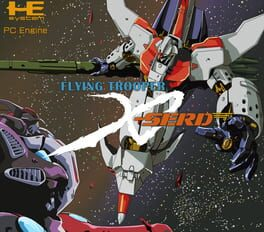
This trivia has been marked as "Not Safe for Work".
It may not be appropriate for all visitors and definitely isn't appropriate for work or school environments.
Click here to unhide it.
It may not be appropriate for all visitors and definitely isn't appropriate for work or school environments.
Click here to unhide it.
▲
1
▼
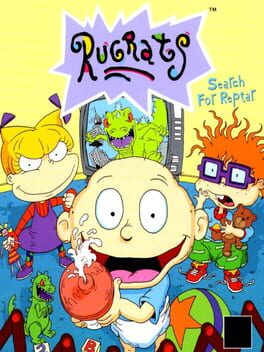
▲
1
▼
One of the level folders contains a text file featuring quotes and banter spoken during the game's development.

subdirectory_arrow_right Akumajou Dracula X: Gekka no Yasoukyoku (Game)
▲
1
▼
The Sega Saturn version of the game contains hidden files that can only be accessed when loading the game disc on a PC. 15 pieces of character artwork and a text document containing messages from 13 of the Saturn version's developers including graphic artists, members of the sound team, and programmers can be found. The messages contain insights about their duties, goals and struggles in porting the game from the PlayStation to the inferior Saturn, with several members of the staff having just entered the video game industry and joined Konami prior to work starting on the port. Collectively, they had mixed to positive feelings about the final result, with most being happy with their work, while others feeling they had failed to live up to the PlayStation version. Regardless, much of the staff thanked players for playing the game and encouraged them to mail feedback to them at Konami.
Two notable details from these messages include:
•A story/rant shared by programmer Hideto Imai in the last and longest message about his experience in violating Japan's Motor Vehicle Storage Act by parking his car curbside while staying at his in-laws during development.
•A scrapped character idea shared by graphic designer Yoshinori Suzuki:
Two notable details from these messages include:
•A story/rant shared by programmer Hideto Imai in the last and longest message about his experience in violating Japan's Motor Vehicle Storage Act by parking his car curbside while staying at his in-laws during development.
•A scrapped character idea shared by graphic designer Yoshinori Suzuki:
"There's actually another version of Maria with a full set of graphics different from the one the player meets in the actual game. It ended up going unused. It might've been neat if she had been used, though. Because she was a dark version of Maria, the opposite to the light version of Maria, her attacks and such would have been entirely different. Go ahead and imagine for yourselves what she might have been like. (Perhaps, if she'd appeared in the game, she'd have been called Black Maria?)"
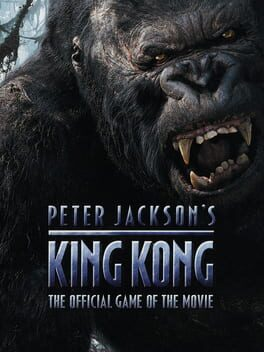
subdirectory_arrow_right Peter Jackson's King Kong: The Official Game of the Movie (Game)
▲
1
▼
The Xbox 360 version was created exclusively for use with HDTV. Players using the game on a standard TV expressed concern with the dark image of it. As a result, Ubisoft recommended players play the version created for the original Xbox until a patch was released.
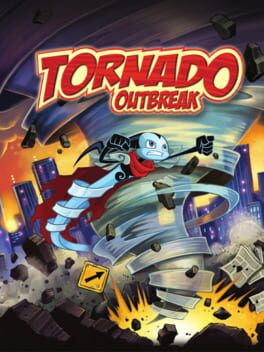
▲
1
▼
The location for Ringling Village is loosely based off of Wiltshire, a country from South West England.
Franchise: Sonic The Hedgehog
▲
1
▼
The live-action Sonic the Hedgehog movie was originally slated to be released sometime in November 2019, but was delayed to February 14th, 2020 as a result of the reception to the film's debut trailer released on April 30th, 2019. The main cause of the backlash being that the film was planned to feature a humanoid redesign of Sonic that was so negatively received by fans and audiences alike that the film's team hired artist Tyson Hesse, who had previous experience with the Sonic franchise, to make a more visually appealing redesign for the final movie that was more positively received and incorporated into all previously-released film footage.
Platform: PlayStation
▲
1
▼
Although the PlayStation has extraordinary copy protection, many hackers, home-brewers, and pirates worked around it via the infamous "Disc Swap" trick which is possible as the console uses a lid in a similar fashion to a portable CD player. This trick involves swapping a regular PlayStation disc with a back-up or rewritable CD during the startup.
Likely because of this exploit, Sony created future numbered PlayStation consoles that use disc trays rather than lids.
Likely because of this exploit, Sony created future numbered PlayStation consoles that use disc trays rather than lids.
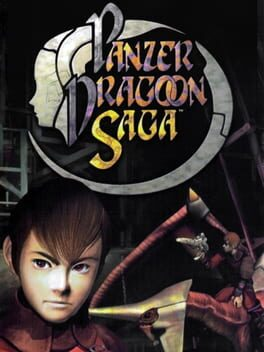
▲
1
▼
In an interview with the game's programmer, Hidetoshi Takeshita, published in the 1998 AZEL -Panzer Dragoon RPG- strategy guide, he was asked if some of the characters were easier to create than others. He responded:
"Hm, not really. What came my way was mostly data, and it’s kind of hard to get a feel for what a character is like from that. I didn’t touch the character design stuff. I did see the illustrations as they got completed, and those would set my imagination off. There were some things I was surprised by in the final game, compared to what I had imagined from those pictures. So playing the game for the first time was actually a pretty fresh experience for me."
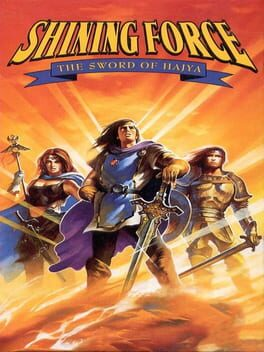
▲
1
▼
In an interview with the game's producer/writer Hiroyuki Takahashi and director/programmer Shugo Takahashi published in the 7/93 BEEP! Megadrive magazine, Hiroyuki stated that he took a step back on "The Sword of Hajya's" development, allowing for Shugo to primarily direct the game.
Shugo stated that the game employed a compression routine to add more into its memory, which allowed them to add more content beyond the memory's usual limitations. Hiroyuki believed that it was filled to its maximum limit.
Shugo also stated that the scene where the King's face changes took him only two days to make before the game's deadline. Despite the game's memory being full, the designer who was in charge of the face (character profile) graphics showed him how to use that effect in the final game. This designer also drew the underlying cels for the animation, but when Shugo remarked that when saw the face change in-game, he was stunned at its dramatic impact and scrambled to add the scene at the last minute.
Hiroyuki stated that the last scene of the game with Natasha & Deanna is his favorite part of the game. Shugo stated that before they began making the game, that image was the one he knew he wanted to have for the last scene, and despite worrying that there would not be enough space for the scene, it fit without any problems. Shugo also stated that the image it captures is what he really wanted players to see at the end of the game, which he's happy it turned out the way it did.
Shugo stated that the game employed a compression routine to add more into its memory, which allowed them to add more content beyond the memory's usual limitations. Hiroyuki believed that it was filled to its maximum limit.
Shugo also stated that the scene where the King's face changes took him only two days to make before the game's deadline. Despite the game's memory being full, the designer who was in charge of the face (character profile) graphics showed him how to use that effect in the final game. This designer also drew the underlying cels for the animation, but when Shugo remarked that when saw the face change in-game, he was stunned at its dramatic impact and scrambled to add the scene at the last minute.
Hiroyuki stated that the last scene of the game with Natasha & Deanna is his favorite part of the game. Shugo stated that before they began making the game, that image was the one he knew he wanted to have for the last scene, and despite worrying that there would not be enough space for the scene, it fit without any problems. Shugo also stated that the image it captures is what he really wanted players to see at the end of the game, which he's happy it turned out the way it did.
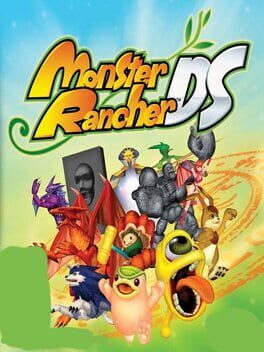
This trivia has been marked as "Not Safe for Work".
It may not be appropriate for all visitors and definitely isn't appropriate for work or school environments.
Click here to unhide it.
It may not be appropriate for all visitors and definitely isn't appropriate for work or school environments.
Click here to unhide it.
▲
1
▼
Monster Rancher DS conversation footage:
https://www.youtube.com/watch?v=VjZ6Px86zc0
The game's ESRB rating:
https://www.esrb.org/ratings/29532/Monster+Rancher+DS/
https://www.youtube.com/watch?v=VjZ6Px86zc0
The game's ESRB rating:
https://www.esrb.org/ratings/29532/Monster+Rancher+DS/
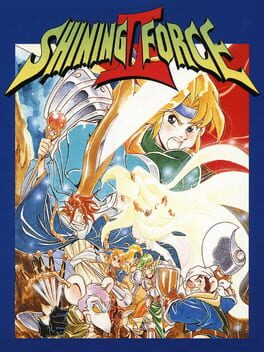
▲
1
▼
In an interview with the game's producer/writer Hiroyuki Takahashi and director/programmer Shugo Takahashi published in the 6/93 Famicom Tsuushin magazine, they stated that they asked Fumio Iida a.k.a. Suezen, the character designer for NHK’s anime "Yadamon", to be the character designer for the game. When Suezen finished his work on Shining Force II, Takahashi felt Suezen’s designs were better than he expected and almost felt embarrassed, because he felt the designs made the story and writing look weak by comparison.

▲
1
▼
In an interview with the game's producer/writer Hiroyuki Takahashi and director/programmer Shugo Takahashi published in the 6/93 Famicom Tsuushin magazine, they stated that the chapter format from the first game that they adhered made the story harder to grasp, which influenced them to have a bigger emphasis on story in the sequel.
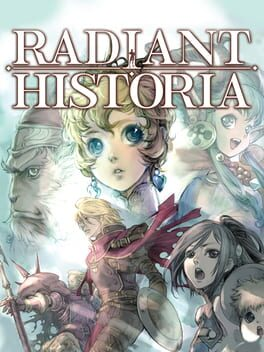
▲
1
▼
In an interview with the game's original designer for world/story Satoshi Takayashiki published in the 2011 game's Japanese World Guidance book, he was asked when the planning for the game began? He responded:
"In 2005, myself, Konishi-san, and another programmer began talking about wanting to make some kind of game together. That was the beginning of our basic idea, to do a fantasy RPG, which would be connected to some extent with Radiata Stories. From there we started making a prototype test version. We didn’t work on it intensely or anything, it was something we all did in our spare time, while handling our other work. The battle system and the overworld were both created there in that first prototype. We also wrote an overarching planning document, and decided on the world of Radiant Historia, as well as part of the story. We presented all that to Hirata-san in the fall of 2007."
